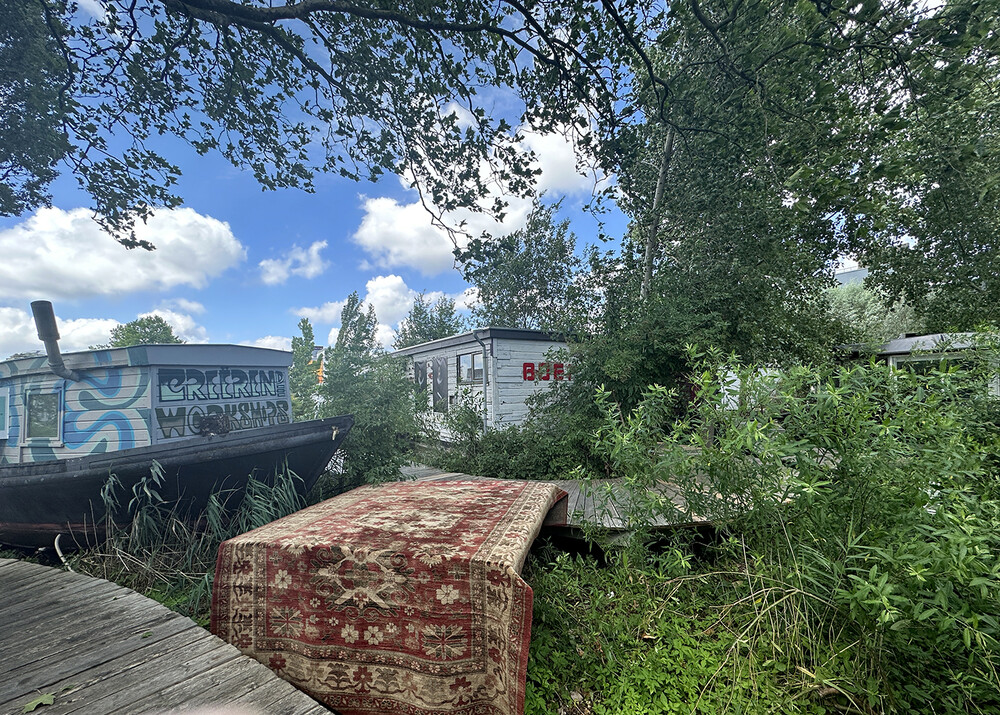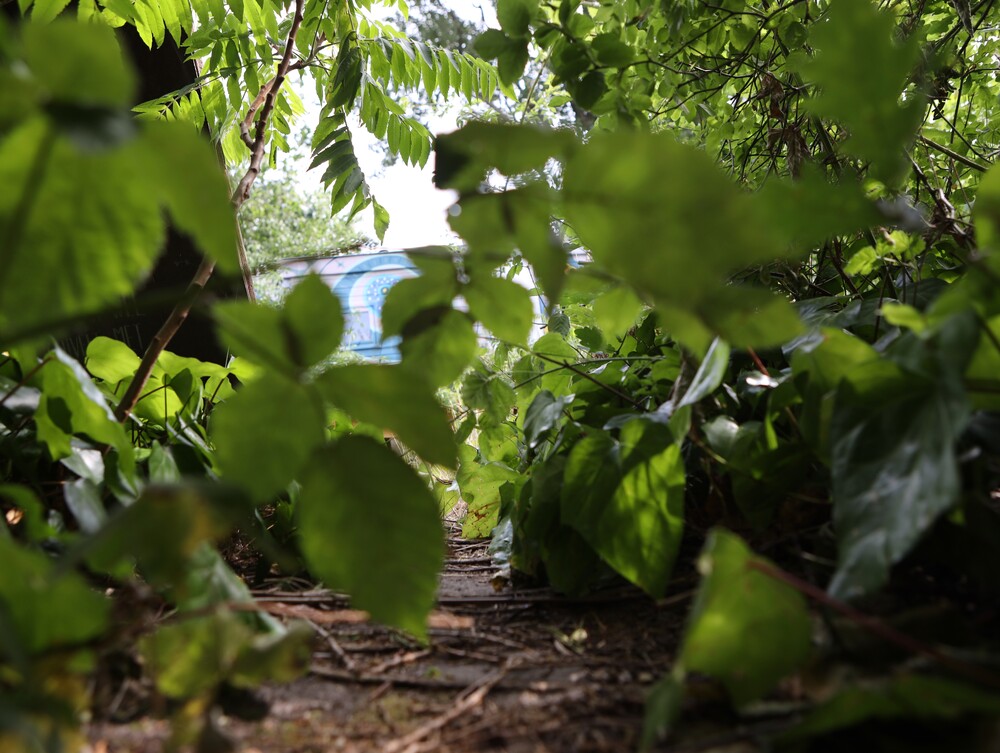Zoönomic Annual Cycle
Zoönomic Annual Cycle
With a Speaker for the Living as part of the organisation, your Zoöp starts to follow the Zoönomic Annual Cycle (the ZAC). This is a learning proces to help you understand how your organisation participates in local and remote ecocystems. Based on this understanding, you work out how your organisation can become a supportive body in these ecosystems.
The Zoönomic Annual Cycle comes down to answering five questions every year. We have designed handy work sheets to help Speakers for the Living and their Zoöps to go through these questions.
Question 1 - Identifying
Which bodies form the Zoöp? What other-than-human life lives in or visits the Zoöp? Trees? Birds? Ground life? Insects? What human artefacts form the structure of the Zoöp? Fences? Buildings? Roads? Underground infrastructure? Soil layers? What legal entities make up the Zoöp? Contracts and contracting parties? Owners/landlords? Tenants? Laws and municipal regulations? Fire regulations? What organisational bodies play a role? Governance? Production teams? Management? Communications team? What other human social clusters are relevant?
It is important to note that it is impossible to answer this question completely. But it is quite possible to see where to start: to see which bodies play important roles in the shape of your Zoöp. By following the annual cycle, the knowledge of a Zoöp deepens and refines each year.

